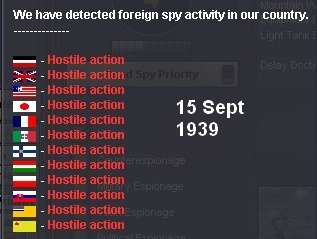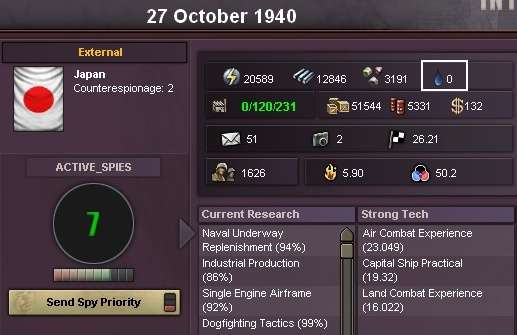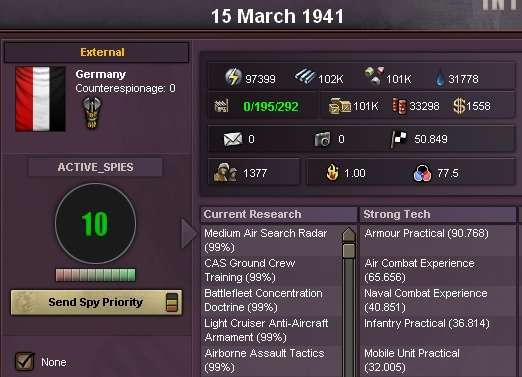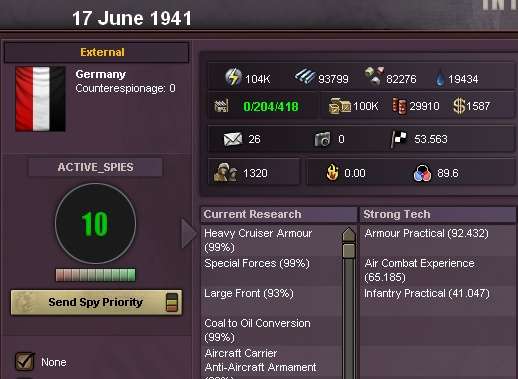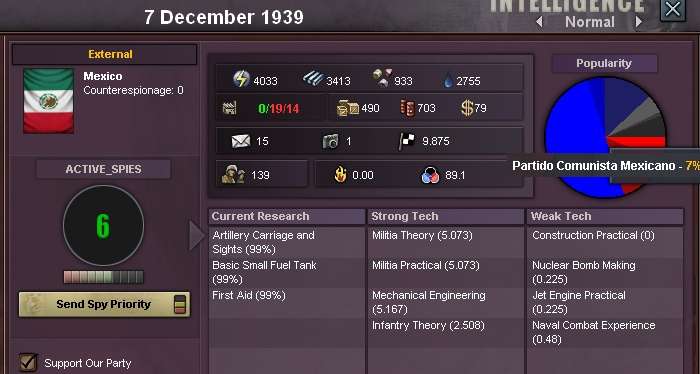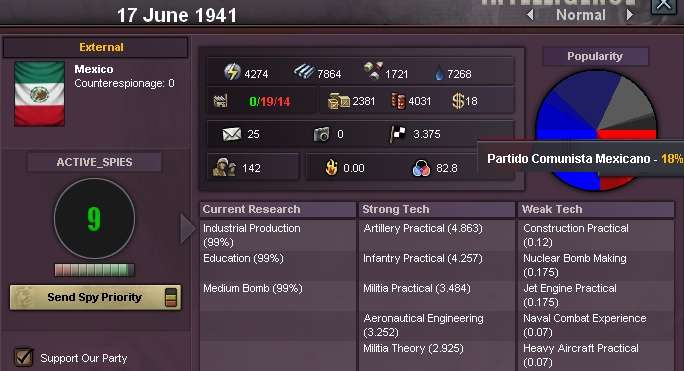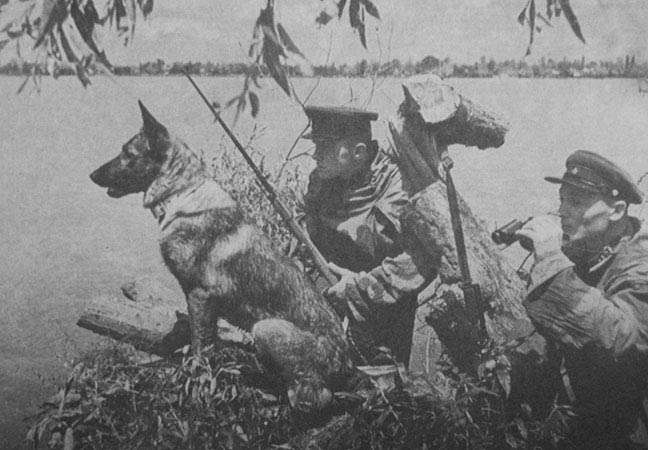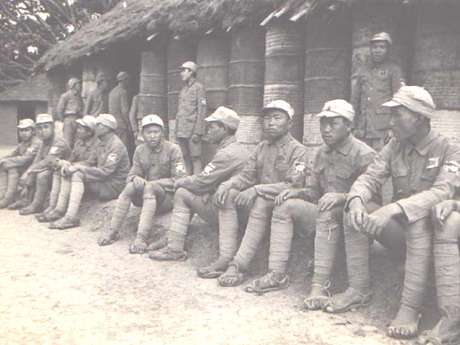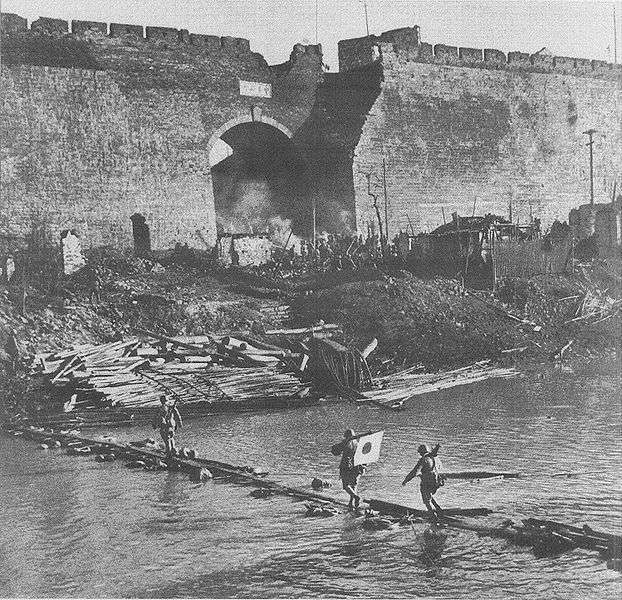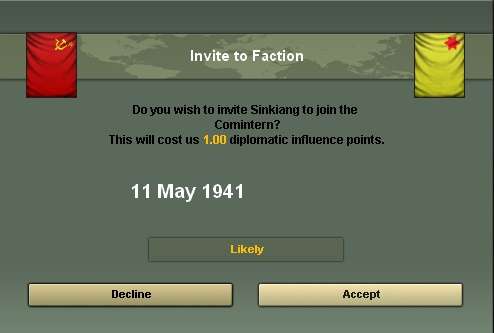Soviet Industrial and Research Policy
Editors notes –The bulk of this chapter has been extracted from an Economic History of the USSR, 1918-1974: Volume 2: The Impact of War 1939-1950, edited by I. Danilov and P. Vinogradov. In particular from their chapter: To the edge of War, September 1939 – July 1941
In theory the USSR commenced a third Five Year plan in 1938. In effect it soon became little more than a build up of the Soviet armed forces in anticipation of war. The emphasis was less on the creation of new industrial plants especially once the decree of 4 September shifted production to the military equipment. However, the party leadership held off removing the last vestiges of civilian production until after the German invasion in June 1941.
The first two plans had seen the creation of new factories, industrial centres and sources of power, across the USSR.
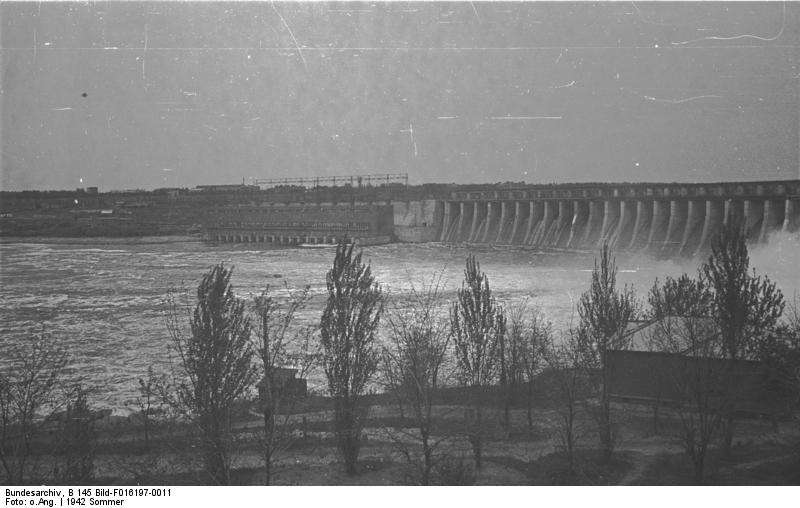
(Dniepr Dam)
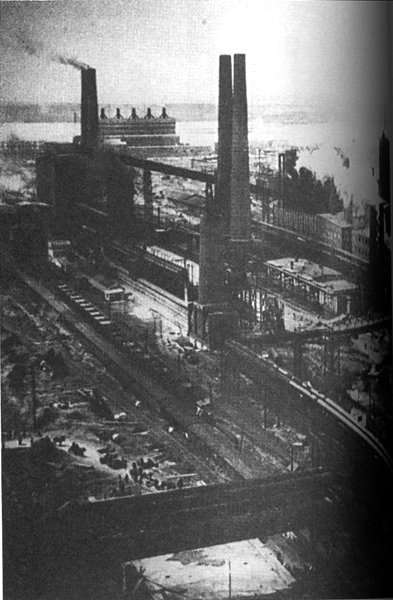
(Magnitogorsk Steel Works)
This new industrial plant and power production led to a substantial level of industrial output.
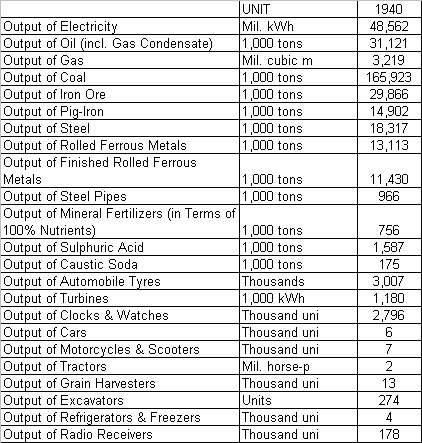
(Soviet Industrial Output: 1940, selected items)
However, there were several weaknesses in how this new capacity was located. Partly, too much was still concentrated around Leningrad, Moscow and along the lower Dneipr. A secondary weakness was that the new industrial centres in the Urals and Central Asia were only poorly connected by rail to the rest of the USSR. This led to inefficiencies in both assigning raw materials and extracting completed production.
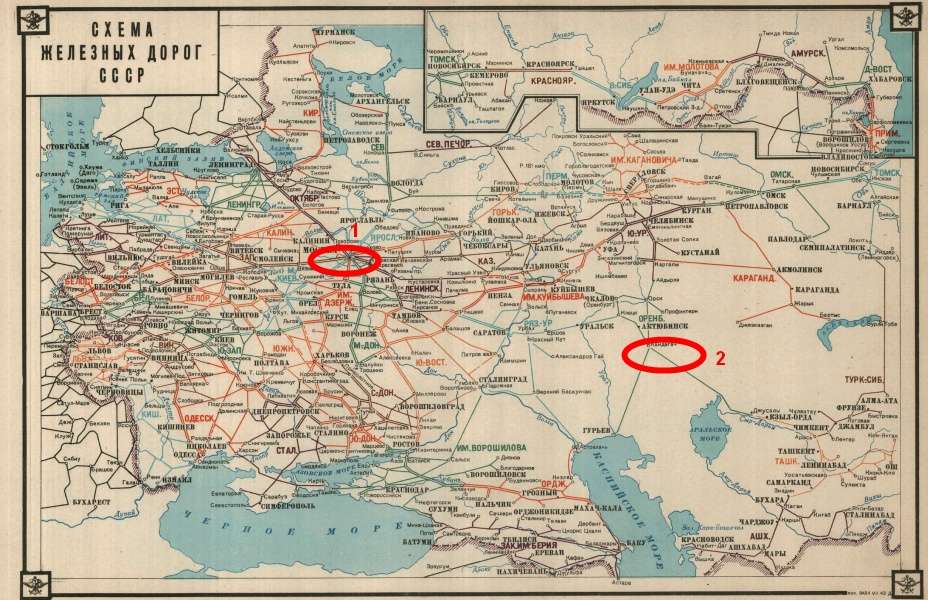
(Rail Net, Western USSR)
This shows the two main problems with the Soviet rail network in 1940. That everything was effectively linked through Moscow and the very poor network stretching down into Central Asia.
At the Eighteenth Party Congress in February 1941, emphasis had been placed on the need to increase both output and productive efficiency so as to meet the escalating demands of the RKKA. This led to a considerable research effort designed to extract more production from existing plant:

(Soviet Industrial Technology July 1941)
This table shows the considerable effort that was expanded on industrial technologies from 1939 to 1941. This, and changes to labour discipline, led to a steady expansion of the Industrial Capacity available to support the Soviet armed forces:

(Growth in Industrial Capacity Sept 39-June 41)
Slowly, even despite almost 30% of all production being allocated to upgrading existing formations, Soviet industry geared up for war. The practical experience of the Winter War was a boost to production of new aircraft and the decision to upgrade many existing armoured brigades forced Soviet industry to learn how to mass produce armour.

(this table shows the gains from both production and research as well as experience gained in the Winter War)
In general, the pre-war build up of infantry, armour and artillery all led to significant gains in practical expertise that in turn led to new equipment being developed.
One area of continued problem was the production of oil. Even in peace-time, current production was too low to maintain stockpiles. This was due to the poor state of the Baku oil-fields that had seen little investment since the 1900s.
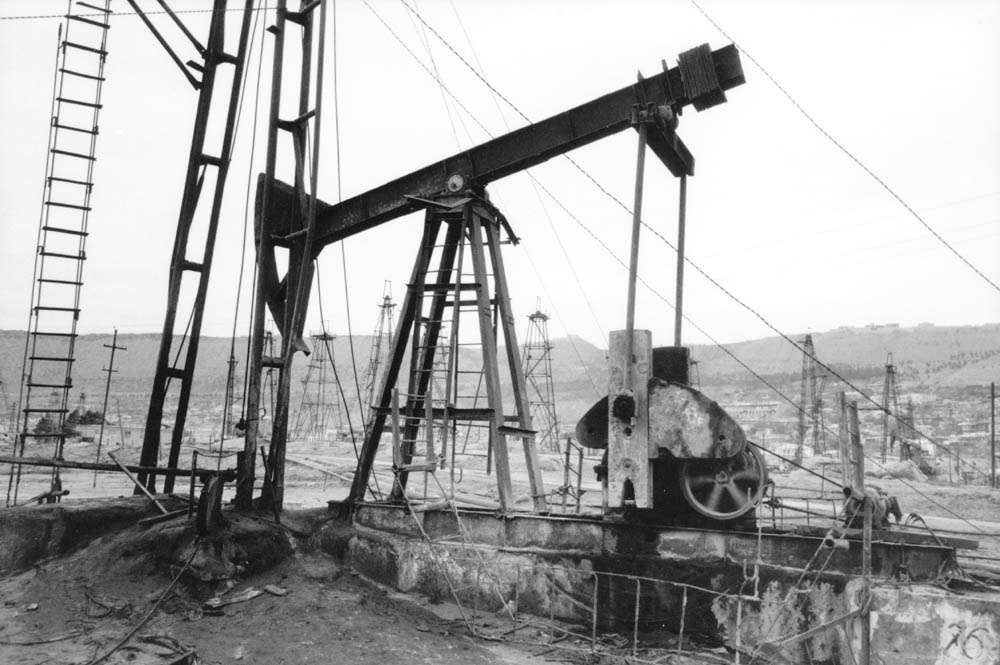
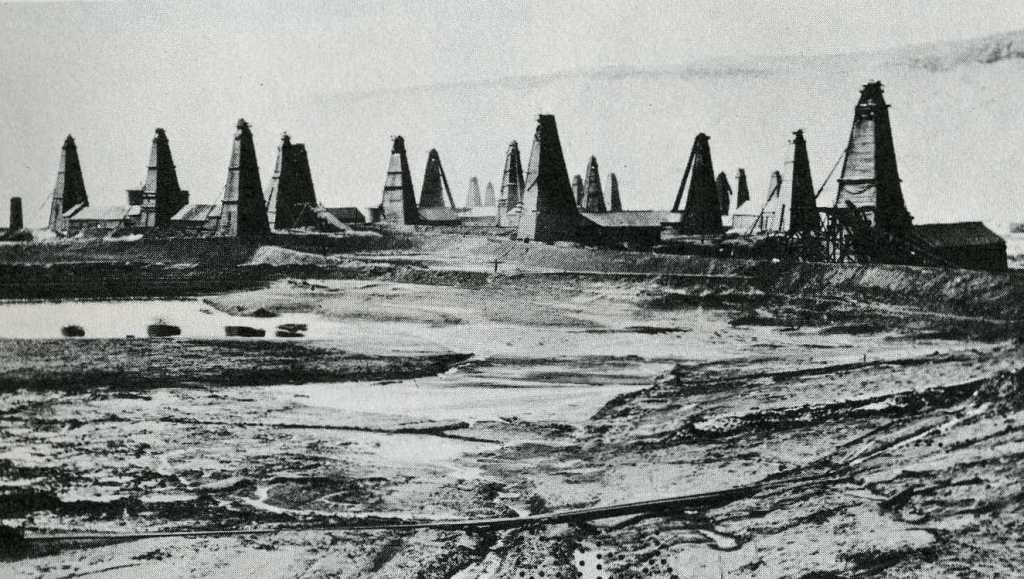
To address this, despite the many demands on the Soviet scientific establishment, time was found to improve the quality of oil extraction and refining so as to reduce wastage.
Overall, Soviet industry was incapable of meeting all the demands placed on it by the armed forces. The focus on upgrade and re-equipment made sense in terms of improving the quality of existing divisions. However, this meant less new formations were deployed. The summer of 1941 was to call into doubt the wisdom of this decision, where all too often Soviet commanders were unable to carry out operations due to a lack of formations.
The other major weakness facing the USSR was in terms of the available skilled leadership. The various competing demands included the need to sustain a major research programme, expand the NKVD, improve the number of officers in the armed forces and sustain the Soviet diplomatic efforts in Mexico and China. Consistently, the priority was research and officers for the armed forces.

[leadership allocations]












